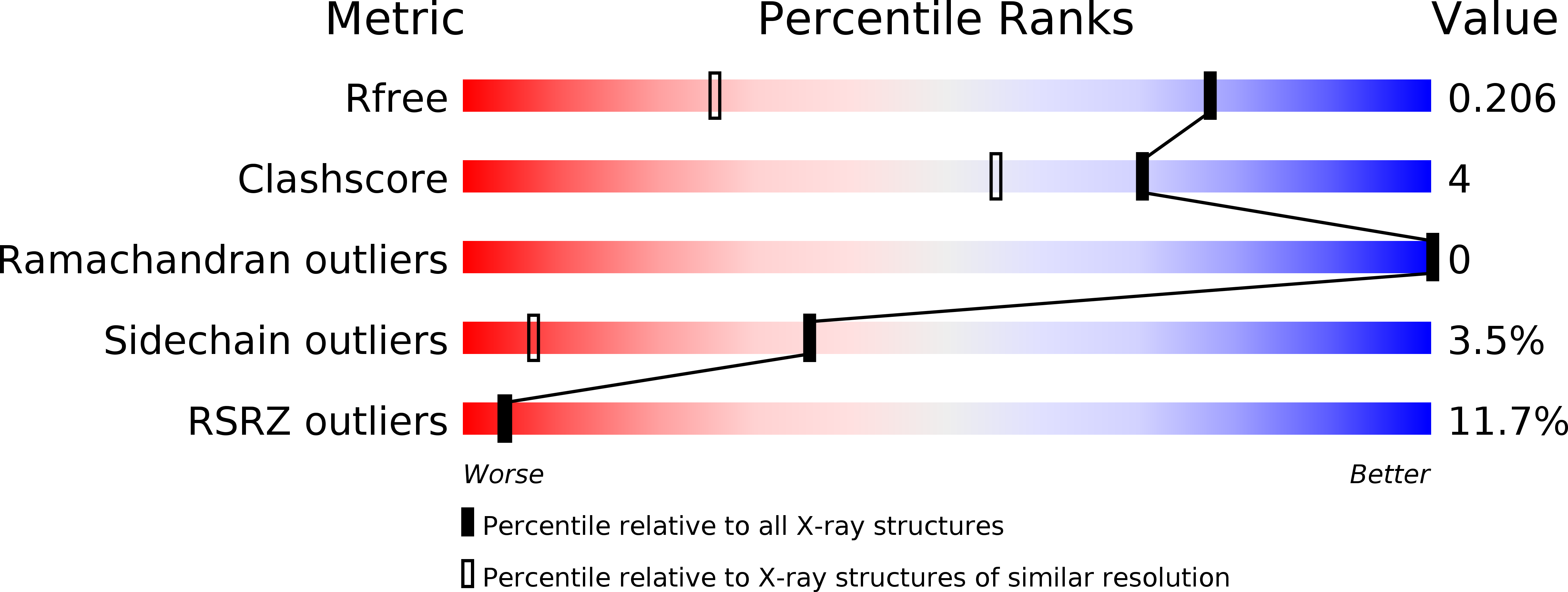
Deposition Date
2013-06-12
Release Date
2013-07-24
Last Version Date
2023-09-20
Entry Detail
PDB ID:
4L6G
Keywords:
Title:
Crystal Structure of P450cin Y81F mutant, crystallized in 7 mM 1,8-cineole
Biological Source:
Source Organism:
Citrobacter braakii (Taxon ID: 57706)
Host Organism:
Method Details:
Experimental Method:
Resolution:
1.37 Å
R-Value Free:
0.20
R-Value Work:
0.16
R-Value Observed:
0.16
Space Group:
P 21 21 21


